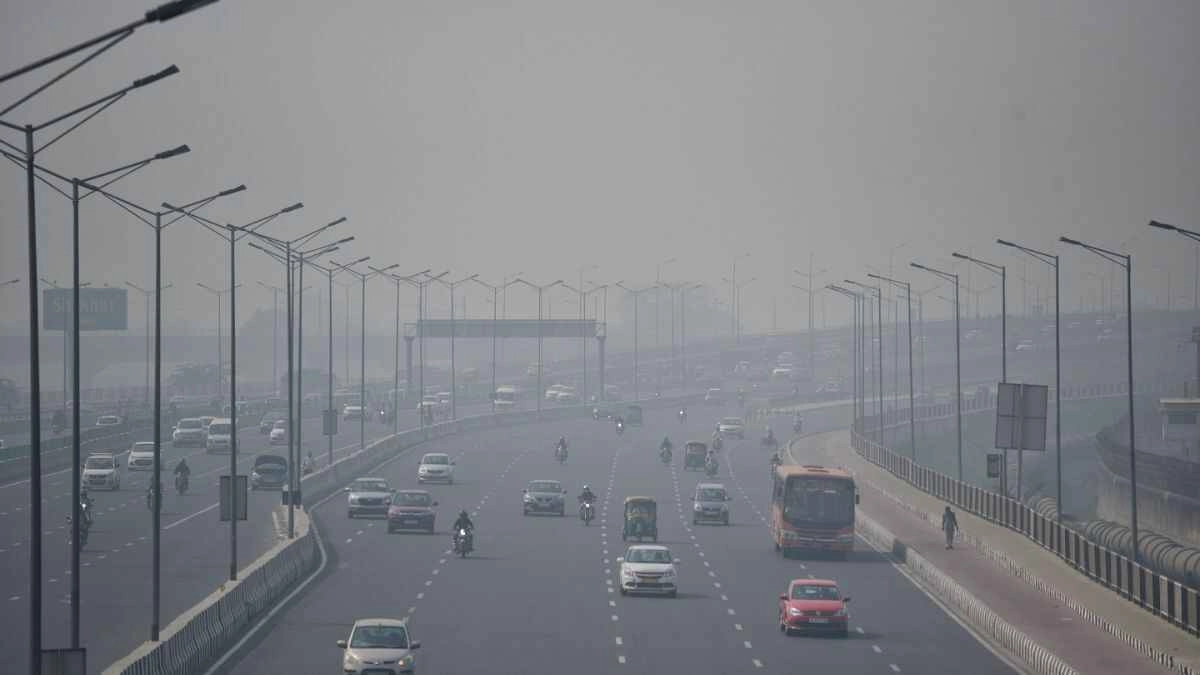- By Akansha Pandey
- Tue, 21 Oct 2025 03:39 PM (IST)
- Source:Jagran News Network
Extensive use of fireworks on Diwali caused the air quality to turn toxic starting from 8 pm. By 12 am, the levels of PM10 and PM2.5 at two of the city's three air quality monitoring stations had reached the maximum of 500 micrograms per cubic metre.
In Pallavpuram, the air quality remained in the 'very poor' category; its PM2.5 level was recorded at 339 micrograms per cubic metre at 11 am.
Regarding noise pollution, the residential area of Shastrinagar was the loudest, recording 84.4 decibels. In 2024, the highest noise pollution was 82.9 decibels in Begum Bridge. Thapar Nagar was in second place this year, where noise pollution was recorded at 82.6 decibels. The local regional pollution control office had installed noise pollution measuring devices in four residential areas, two sensitive zones (like hospitals and offices), and two commercial areas of the city on Diwali. Notably, the Shastrinagar residential area recorded the highest noise pollution across all three categories.
For air pollution, 500 micrograms per cubic metre is the measurement limit set by the Central Pollution Control Board for PM10 and PM2.5; levels exceeding this are not calculated. The impact of pollution was reported to be lowest in Ganga Nagar.
Between 10 pm on Monday night and 1 am, the levels of PM2.5 and PM10 in Jaybhimnagar and Ganga Nagar were recorded at 500 micrograms per cubic metre. In Pallavpuram, the air quality remained in the 'very poor' category until 1 pm on Tuesday, with the PM2.5 level at 325.
Also Read: Bihar Election 2025: Why Is Tejashwi 'Forced' To Campaign Against His Own RJD Candidate? Explained
Due to the toxic gases and heavy metals released from fireworks, the levels of Sulphur Dioxide and Nitrogen Dioxide on Tuesday night were more than four times the standard limit.

